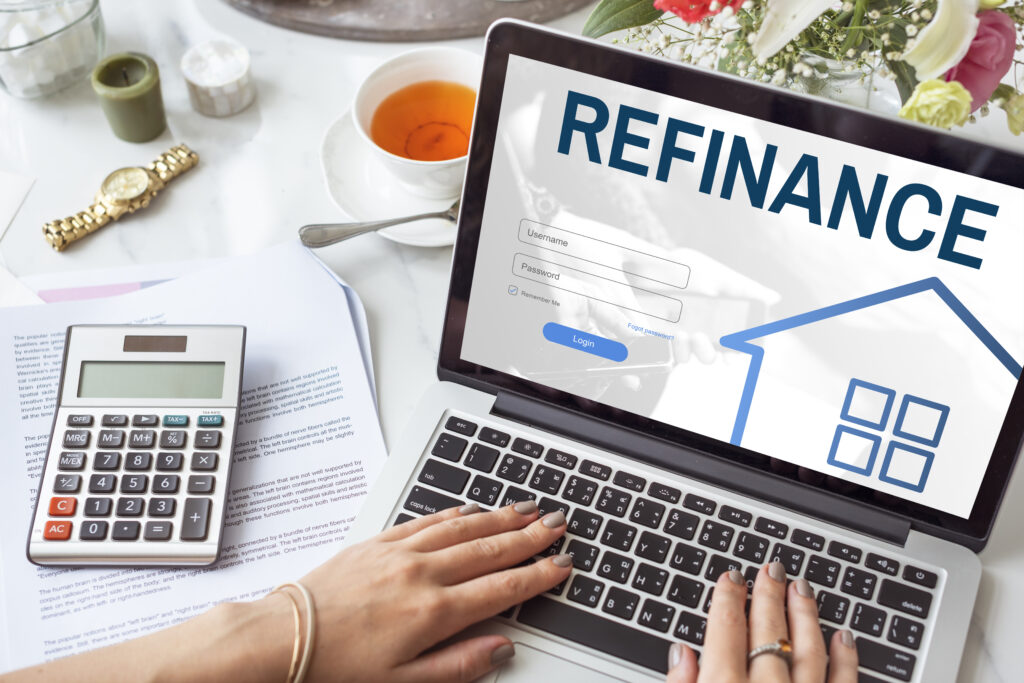New borrowers consistently benefit from lower rates than existing home loan customers, but refinancing or renegotiating can result in significant savings.
When it comes to home loans, loyalty doesn’t pay.
That’s the message mortgage experts have for owner-occupiers in Australia facing the prospect of further interest rate hikes in 2023.
The good news is that shopping around for a better deal could save the average mortgage holder more than $2,000 a year or more than $100,000 over the life of the loan.
Are you paying a ‘loyalty tax’?
Data shows that new borrowers consistently benefit from lower rates than existing home loan customers.
Higher rates paid by existing customers have been termed a “loyalty tax”.
“We know that lenders do rely on customers not being aware of the savings they could get, and just continuing paying their mortgage off at the rate they got when they took out the home loan,” said Angus Gilfillan, CEO of digital mortgage broker Finspo.
“But we know the savings available. If you move on to the rate new customers get, is around 0.5 per cent. If you put out over [an average] 30-year home loan is $110,000. You can do a few things in this day and age to save $110,000. And negotiating or refinancing your mortgage is certainly something you should look at, mainly if you haven’t done that for a year or so.
The latest data from the Reserve Bank of Australia (RBA) shows that in November, the average variable home loan rate for owner-occupiers with existing loans was 5.29 per cent compared to 4.79 per cent for new loans.
Data shows that owner-occupiers with existing loans often pay significantly more than new customers. Credit: RBA
“It may sound like a small amount, but when you consider that the average Australian mortgage currently stands at $574,000. That equates to a difference of $2,238 per annum that existing homeowners are leaving on the table,” Mr Gilfillan said.
Richard Whitten, the money editor at financial comparison Finder, agreed that loyalty is “really not rewarded by lenders in Australia”.
“You often find that lenders will offer slightly lower and more enticing rates to get in new customers, but they’ll keep their existing customers on an identical loan on a slightly higher rate,” he said.
“Loyalty doesn’t pay. You either have to shop around and look for a better deal elsewhere, or you have to contact your lender directly and say, ‘Hey, I’ve seen better deals on your website for the same type of loan. Can I get that same rate?’ They often make you do the work yourself to get a better deal.”
Refinancing
Shopping around for a better deal on your home loan and switching to a lender that offers a lower rate may be a hassle, but it can pay off in a big way.
“We’re seeing more Australians refinancing than ever before,” Mr Gilfillan said.
“If you look at the November stats, it’s almost $20 billion of home loans refinanced in November ’22 versus about $10 billion in November 2020, and it’s almost doubled in two years.”
As many as 77 per cent of mortgage holders may be overpaying by not shopping around, according to financial comparison site Canstar’s December Consumer Pulse Report.
Over the past year, 15 per cent of mortgage holders switched lenders and secured a lower rate. Canstar found, while just 8 per cent of mortgage holders who tried to refinance were still looking for a better deal.
“Most borrowers are paying interest rates well above the relatively low rates being offered to new customers, and the monthly savings are too big to ignore,” Canstar’s Steve Mickenbecker said.
“Borrowers can’t wait until they cannot pay the bills to refinance into a lower rate loan. By then, their desperation will be matched by lender aversion, and they may find themselves out of luck with new lenders.”
While refinancing takes a few hours of work, it’s “absolutely worth it because the savings can be so big”, Mr Whitten said.
“It comes down to doing the research and looking at the loans, different lenders, the interest rate, making sure it’s low. The other thing is factoring in fees. Some lenders charge a lot of fees, and some charge almost none. And that can make a bit of a difference,” he said.
Comparing the features offered by different home loans is also essential.
“The offset account is usually the best feature on a home loan, it’s a savings account that’s attached to your mortgage, and every dollar you save in the offset account, while it’s there, temporarily offsets your loan,” Mr Whitten said.
“So if you’re looking at two loans that have similar rates, but one has an offset account, and one doesn’t, you might think ‘, I want that offset account. That’s valuable as a flexible bank account attached to my home loan that lowers my interest charges over time’.”
Renegotiating your mortgage
Renegotiating with an existing lender is quicker and easier than refinancing as it avoids applying for a new loan through a different lender.
Borrowers can either renegotiate themselves or use a mortgage broker service to handle the negotiation on their behalf.
“My advice would be to ensure you know your current loan details and rate. Be informed about what’s happening in the market, so have a couple of competitor rates and quotes that you can then put to the lender, so they know that you are informed and market,” Mr Gilfillan said.
“But the most important thing is to make the call.”
Mortgage holders should review their home loan rate at least once a year, Mr Whitten said.
“Check your rate. Check your statement. Then look at the lenders’ website – has your rate gone up versus their best offer? Are there better rates elsewhere?” he said
“You’d be surprised how often people who’ve had a home loan for a few years might be on a much higher rate than they could get even with the same lender,” he said.”
Will interest rates rise further in 2023?
The RBA sets the nation’s official overnight cash rate, a benchmark that significantly impacts mortgage rates offered by lenders.
The official cash rate currently stands at 3.10 per cent, after the RBA raised the rate for the eighth time in as many months at its final meeting of 2022 on 6 December.
If inflation rises, the RBA has warned of further interest rate hikes in 2023.
The central bank “expects to increase interest rates further over the period ahead, but it is not on a pre-set path”, the RBA’s
meeting minutes from 6 December revealed.
“Members noted that the size and timing of future interest rate increases would continue to be determined by the incoming data and the Board’s assessment of the outlook for inflation and the labour market.”
The RBA board will meet again on 7 February to decide whether it will hold, cut, or raise the cash rate.
The content of this article is intended to provide a general guide to the subject matter. You should seek specialist advice about your specific circumstances.
Vogue Advisory Group – how we can help you save on your mortgage
If you haven’t looked at your home loan in a while, or you feel your current arrangement isn’t competitive, reach out to one of our home loan experts or apply online today.
Contact us if you require our assistance, and one of our financial advisors can help you.

